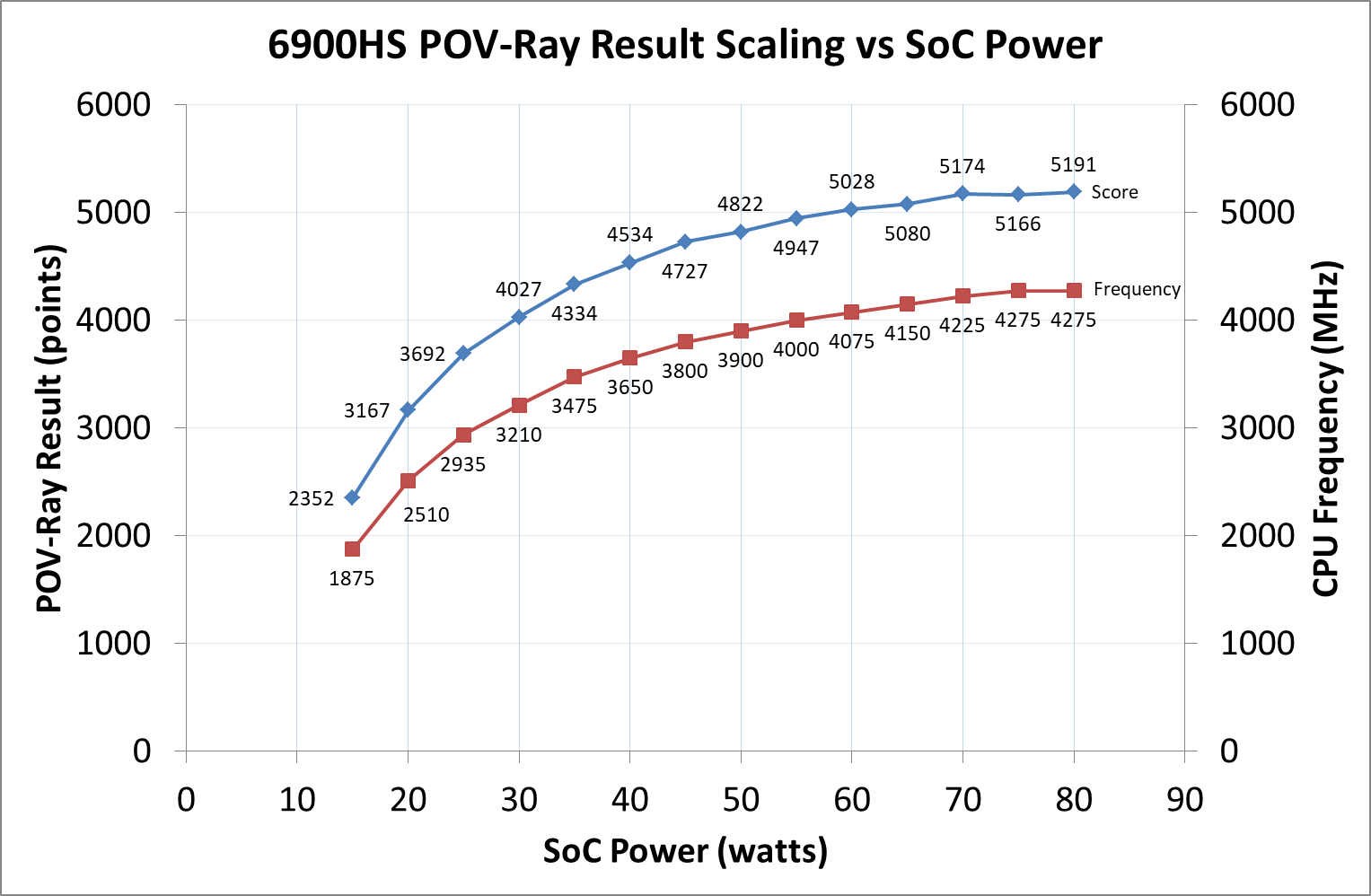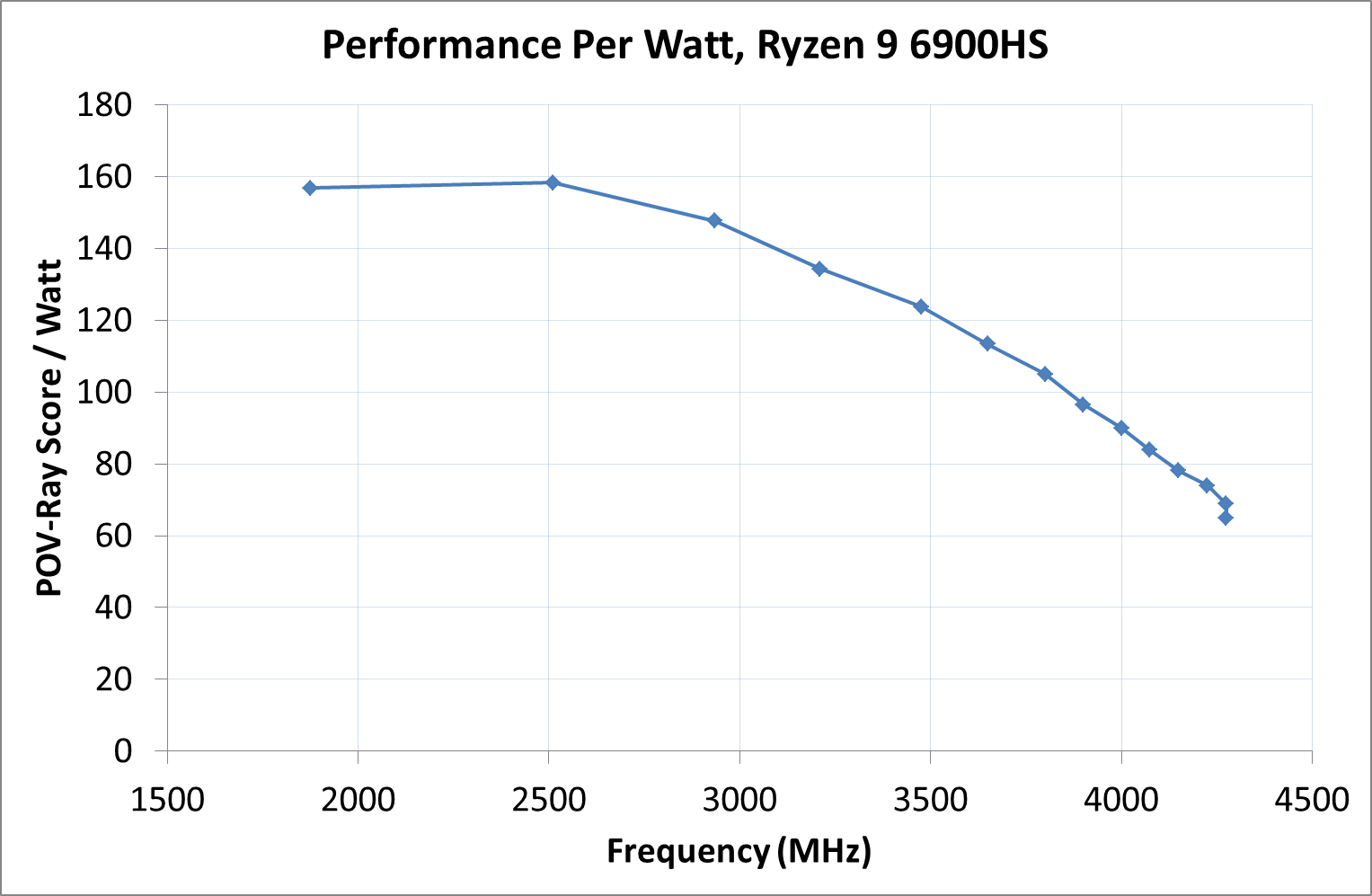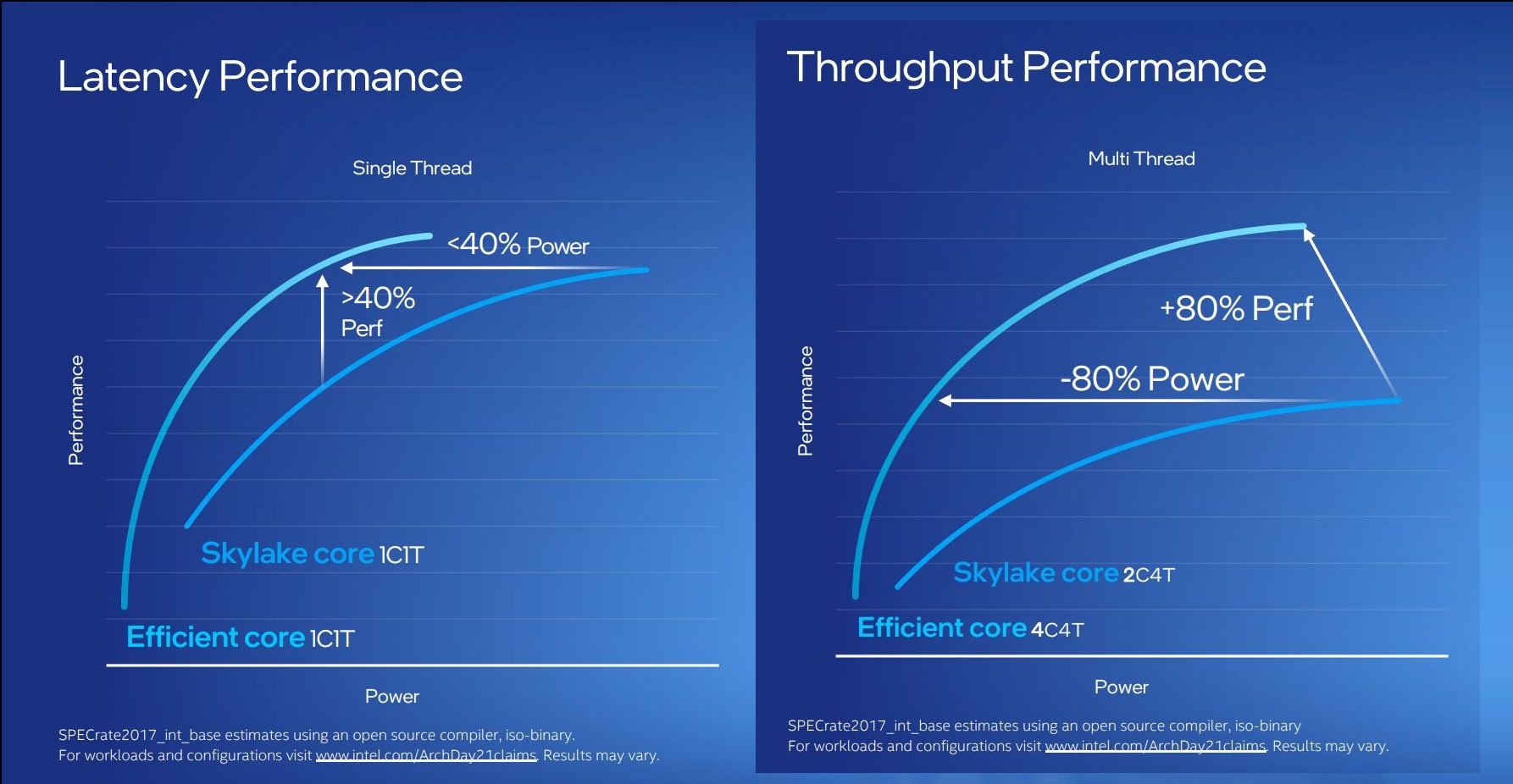Originally posted by smitty3268
View Post
Originally posted by smitty3268
View Post
Originally posted by smitty3268
View Post
Originally posted by smitty3268
View Post
Here's some cool data for the 6900HS, but it's too bad they didn't/couldn't do the same for the i9-12900HK:


Originally posted by smitty3268
View Post


Comment